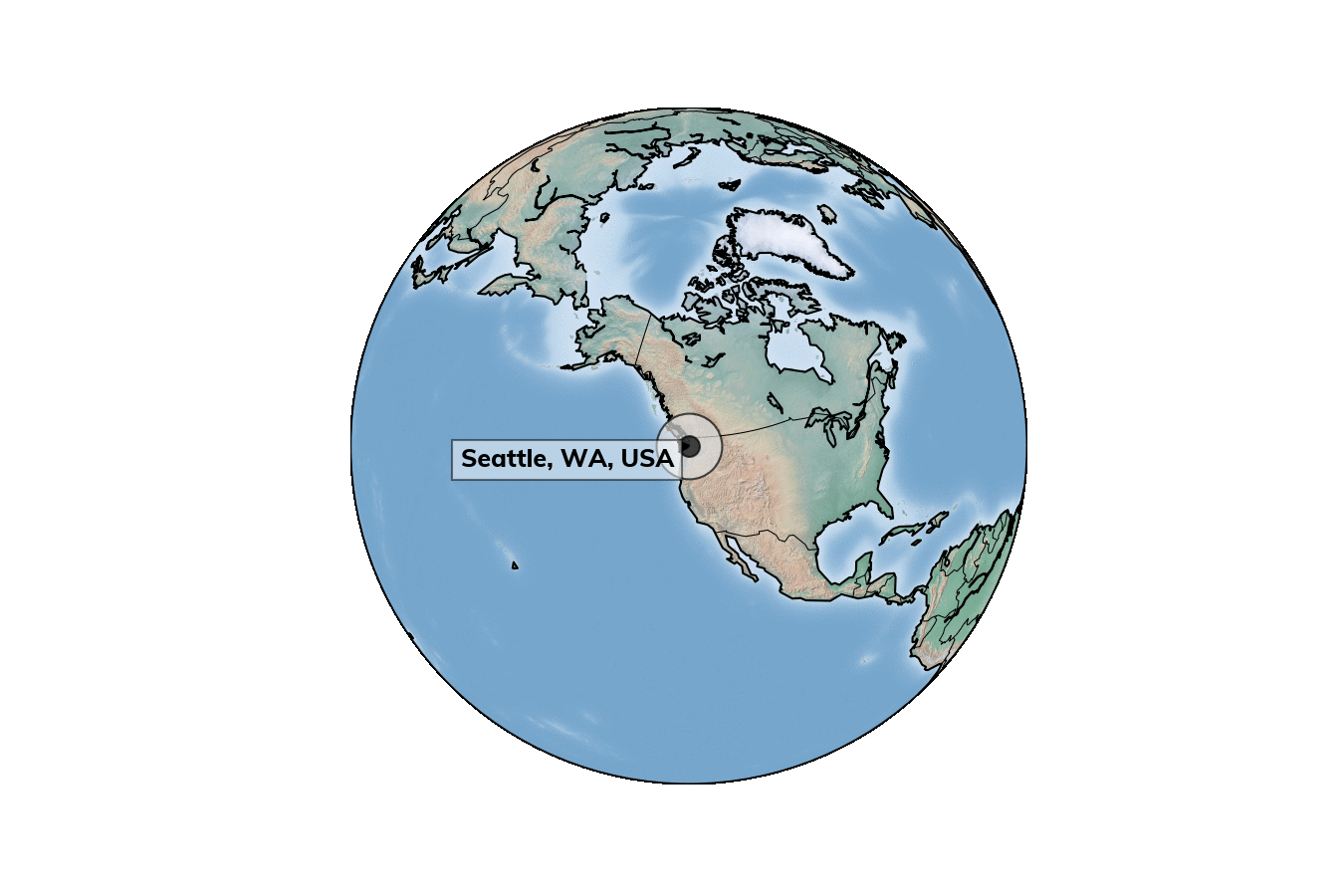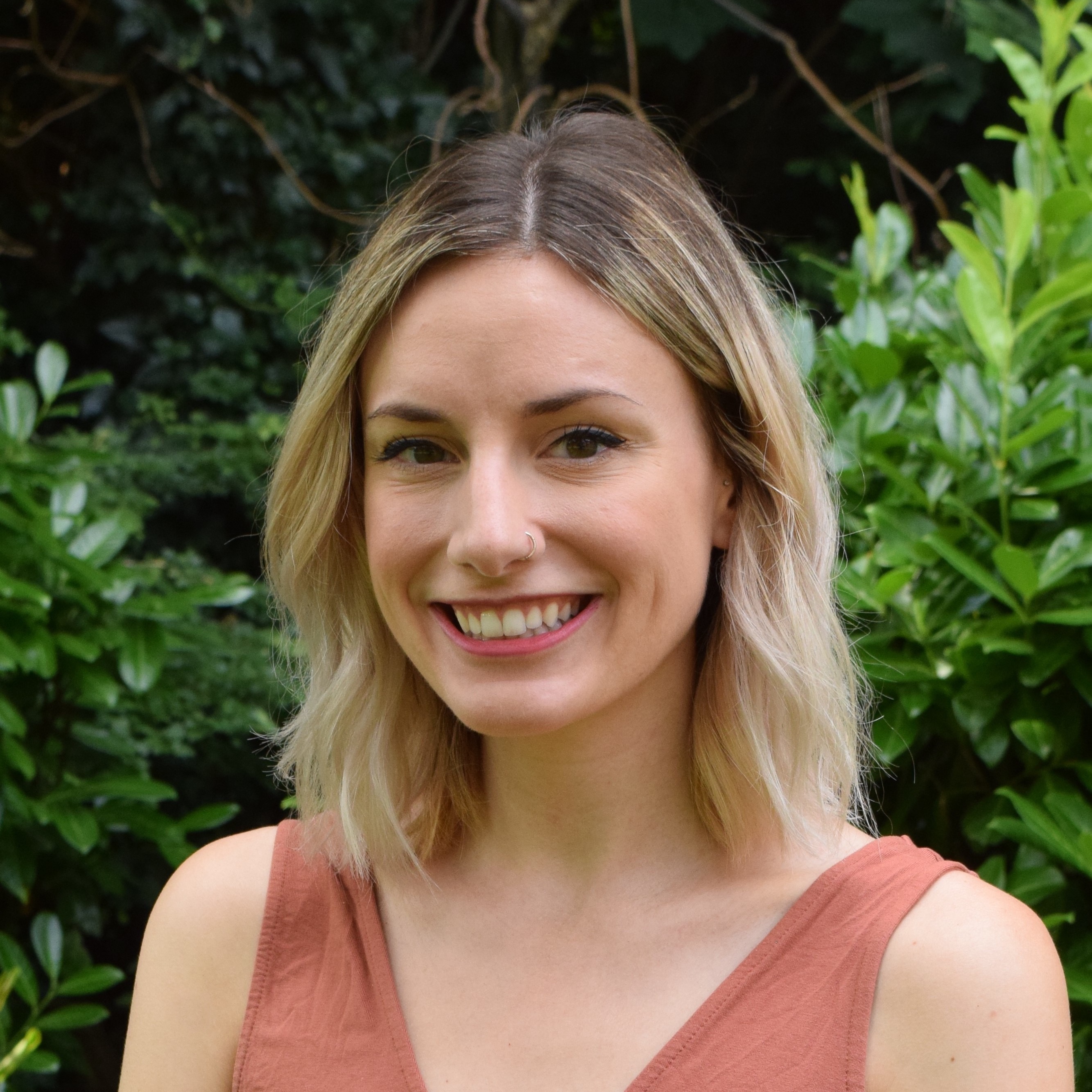About Me
I received my B.S. in Chemical Engineering from the University of Washington in June 2013. The thermodynamics and statistical mechanics coursework I took as an undergraduate inspired me to pursue graduate school, with research focusing on chemical reactivity.
In September 2013, I joined the PhD program in the Department of Chemistry at the University of California Davis in Davis, CA, where I first met my PhD advisor Prof. Dean J. Tantillo, whose research group explored the chemistry of organic reaction mechanisms using computational tools. I was the first graduate student with an emphasis in physical chemistry to join the group (previously, it had been exclusively organic chemists) and I used this specialization to become involved in a unique set of projects that required learning to use tools that were new to the group: ab initio molecular dynamics simulations and Python scripting for analysis. I specifically focused on reactions containing post-transition state bifurcations, a unique class of reactions that are not well-described by traditional transition state theories.
In September 2018, I joined the CHemistry and Mathematics in Phase Space (CHAMPS) program at the University of in Bristol, England to work with Prof. Barry Carpenter, who was one of the first physical organic chemistry researchers to recognize the importance of non-statistical dynamic effects on reaction product outcomes, as well as use reactions with post-transition state bifurcations as case studies for understanding such effects. While at Bristol, I was also able to work with the David Glowacki research group, and our collaboration led to a project using dimensionality reduction to visualize reaction pathways.
In April 2020, I began working in the Pfaendtner Research Group (PRG) in Chemical Engineering at the University of Washington (back where I started my academic career! Though Jim has since moved to NC State). I am currently exploring the mechanisms of silica oligomerization reactions as well as using transition path sampling (TPS) and aimless shooting to analyze reactions containing post-transition state bifurcations.
I made the jump to industry from academia in July 2021, when I realized that I felt like my best self as a scientist working on a full team of experts, rather than developing and leading a research program based solely on my own ideas. My first role was as a Computer Aided Drug Discovery (CADD) Scientist at Atomwise.
Currently, I am a Drug Discovery Fellow at D.E. Shaw Research, where I’ve worked on projects at many stages of the pre-clinical drug discovery pipeline, from hit discovery to lead optimization. I’ve also had the opportunity to work on both traditional small molecule inhibitor projects and research compounds for targeted protein degradation, which has become a passionate research interest.
My Academic Map

